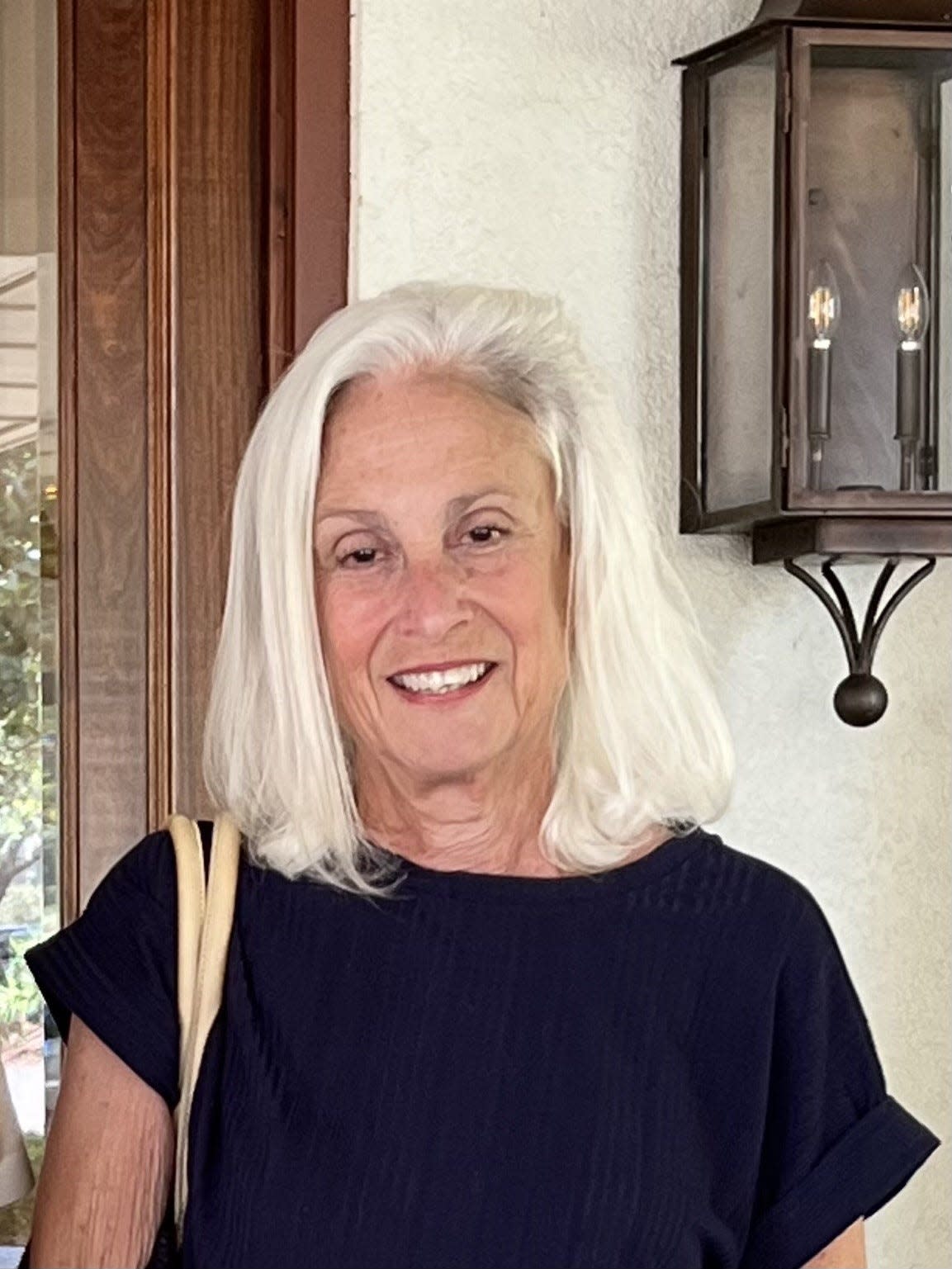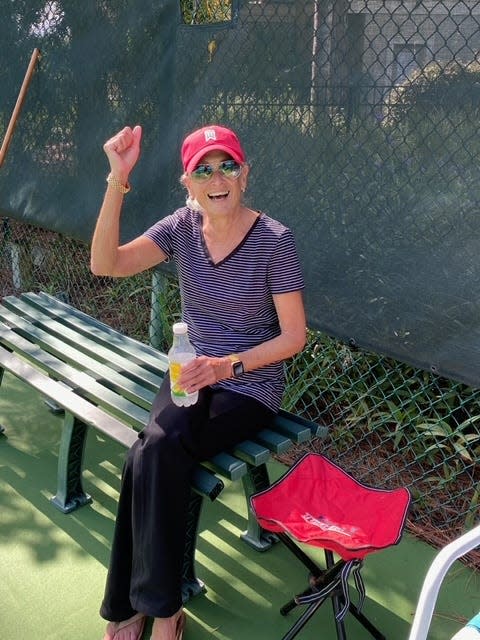After getting cancer in her 20s and then 70s, Joy Shapiro can attest to medical breakthroughs

Joy Shapiro understands just how much cancer treatment has improved over the decades. She knows because she’s lived it. Three times.
Joy was a new mother living in St. Louis, Missouri, and only 27 when she discovered a lump in her left breast. A biopsy revealed that the tumor was malignant, but it was 1980, a different time for breast cancer treatment. So, the doctors wasted no time, and performed a radical mastectomy without reconstruction.
The surgery was a success, but 14 months later, Joy was told she had a cancerous nodule on her lung. She underwent a lobectomy, removing the lower part of her lung, and a precautionary year of chemo treatments which were administered as a shot back then.
At such a young age, Joy remembers feeling alone in her treatment.
“I didn’t really have a support group,” she says. “They tried to find me people to speak with, but they were much older. And at that time in my life – taking my child to preschool – none of my friends were going through it. I didn’t even talk about it.”
'I'm a people lover': Cancer patient volunteers for clinical trials to help others
Joy remained cancer-free for 40 years. Then, in September 2022, while living in Hilton Head, South Carolina, she discovered a lump in her right breast. Her internist, well aware of her health history, had Joy in his office first thing Monday and then sent her directly to get a mammogram and ultrasound.
“And the radiologist pretty much told me right there,” she says.
A biopsy later revealed that Joy, now 70, had triple-negative breast cancer, mostly likely the same type she had in her 20s. But this experience would prove to be much different.
“Medicine has come so far,” Joy says. She attributes much of this progress to patients who have participated in clinical trials over the years. “I’m here today because someone has done clinical trials to test the research, to test the medicine.”
Joy was able to undergo genetic testing that was not previously available to assure her that she was not a carrier of the BRCA1 gene mutation that could put her daughter and two granddaughters at risk. She also had a better sense of her prognosis.
Column: Regular mammograms are the first step in fighting breast cancer
When she had asked her doctor at 29 what her odds of survival were, he wouldn’t tell her, and instead offered a less-than comforting reply: “You can step off a curb and get hit by a car, too.”
This time, when Joy met with her oncologist, Dr. Gregory Haidemenos at St. Joseph’s/Candler SC Cancer Specialists, she simply asked if he could give her some more years with her granddaughters.
He replied, “More years? I’m going to go for the cure.”
“It infused me with hope, and hope is a very valuable tool,” Joy says. “Medicine is a science, but there’s an art to healing. And I truly believe that Dr. Haidemenos does both.”
He and Joy’s surgeon, Dr. Catherine Ronaghan, are both a part of the St. Joseph’s/Candler Physician Network, and she was amazed by how collaboratively the physicians and the rest of her team worked to provide her with the best possible care.
“It was marvelous because they could share my chart. They could send each other notes. The communication was fantastic,” Joy says. “They’re working as a team.”
She underwent 12 weeks of chemotherapy at SC Cancer Specialists on Hilton Head Island, during which Joy’s confidence in her team only continued to grow.
“The infusion nurses were fantastic. They are knowledgeable. They are caring,” she says. “I felt like I really had a community, and they were supporting me beautifully.”
Joy adds that while she was being treated, one infusion nurse celebrated her 10-year breast cancer survivorship. “She could tell me exactly what to expect. What she went through and what I might go through.”
With chemotherapy came the expected fatigue and loss of appetite, but there was support for that as well. Joy points out that today’s palliative care helps cancer patients cope with all of the aspects surrounding the disease, including nutrition and depression.

Seeing how far treatment has come, Joy wanted to play a part in what tomorrow’s treatments may look like by participating in a clinical trial testing the side effects of KEYTRUDA, a type of immunotherapy that may treat certain cancers.
“Medicine has come so far, and it’s going to go farther,” Joy says. “You’re helping discover which directions medicine needs to move in and what works and doesn’t work.”
And while Joy could undergo a lumpectomy, she opted for a mastectomy because she wanted the full pathology in order to give doctors and researchers as much information about her cancer as possible. Dr. Ronaghan performed the surgery on June 2, 2023, and just last week, Joy rang the bell to celebrate the successful conclusion of her third cancer journey.
“Cancer has informed my life throughout all of my adulthood,” she says. “Yes, there’s fear and stress and PTSD, but I learned to live with it. Cancer can look daunting. But you can get through it, and you can survive.”
And that’s even more true today, with the advanced level of care that’s available. Just imagine what tomorrow can bring.
This article originally appeared on Augusta Chronicle: Joy Shapiro got breast cancer 50 years apart and experienced medical progress

